As we all (thankfully…) get a little more “vintage,†we seem to gravitate to the days and memories of our youth. And most of us “car guys†(and girls…) had at least some interest or involvement in some kind of auto racing “back in the day.†For a lot of us it was going as spectators to the Friday night drag races. The more adventurous of us became participants. Others got involved in roundy-round racing, and learned very quickly not to open food or drink if we were sitting in the corners in order to avoid the “crunch†of food flavored with orange clay dust thrown up from the sideways race cars.
These days many of us follow NASCAR racing. We can follow cars, technology and the colorful personalities of the drivers and crew members from the comfort of our Barcoloungers. And the more dedicated NASCAR fans can join with, say, about a hundred thousand of their closest and most intimate friends and actually attend Sprint Cup®, Nationwide Series®, or Camping World Series® races at places like Dover, Chicagoland, or Talladega.
But what if you want to get closer to the action than your recliner? What options are open to the Weekend Warrior? And is there a way to actually get your hands dirty in the process?
Happily the options are many.
Nostalgia drag racing has been, for some time now, a popular venue. Cars that raced decades ago have been, and continue to be, dragged out of dusty garages, refurbished or restored, had safety equipment updated, and returned to the ol’ 1320 for a new life of competition.
Similarly, stockers, midgets, and others continue to be found, stripped down and rebuilt, and returned to their former glory, often in the colors and paint schemes in which they appeared when they were originally being actively campaigned. There’s even a magazine dedicated to just these collectible and memorable cars, called Vintage Oval Racing.
But probably the most notable renaissance in the restoration, preservation, and campaigning of old race cars comes in the vintage sports car racing community. Over the last ten years or more, vintage sports car racing, on road courses, has grown dramatically in interest and participation.
The range of cars in this evolving sport is staggering – including everything from little British “bugeye†Sprites to former Formula 1 cars originally campaigned by the biggest names in motorsports – names like Jackie Stewart and Graham Hill. While some of these folks are, sadly, no longer with us, many of the cars they drove still are. And they, like so many formerly-raced sports cars, are being found and brought back to safe racing specs, by privateers who have the resources, time and talent to restore them to their former glory.
Here’s a quick run-down on the state of vintage sports car racing:
The Cars
Vintage sports car racing involves all sorts of interesting and varied cars. “Production†cars are race-prepared versions of cars originally built for street use. Think Corvette, Porsche, MG, Triumph, Austin-Healey, Alfa Romeo, Mustang, Camaro – pretty much anything built for the street. But don’t expect to see a Dodge Viper or year-old Mustang in the mix; remember, we’re talking vintage here.
Open-wheel (“formulaâ€) cars are of the style you’d picture in Indy 500 races – cigar-shaped bodies with wheels and suspension sticking out in the wind, unencumbered by fenders. These come in a variety of flavors, based on engine size from VW to V-8, and other factors like tire size needed to accommodate varying degrees of horsepower.
Sports racers are cars like Elva Couriers up to Chaparrals. Picture low, wide, flat, usually fiberglass bodies enclosing everything – wheels, tires, suspension, engines, etc. These may be 1 or 2-seaters, open or enclosed, again in different classes depending on drive trains and related enhancements. You may remember these types of cars from the original Can-Am series.
In all cases, since this is “vintage†racing, cars will be older, and can range from pre-war up through, generally, the 70s or so. Some will be high-end cars formerly raced by professionals, and some will be relatively simple, like the MGs, Austin-Healeys, and Triumphs mentioned above. Most sanctioning bodies will accept for competition cars that were not race cars in the day, but have been modified with period-correct parts and technologies. And, while it’s been said that nothing’s older than last year’s race car, some vintage racing groups have established classes for reconstituted stock cars.
The Venues
Amazingly, despite urban sprawl and dramatic increases in real estate values over the last several decades, most race tracks that were around “back then†are still in operation and, in fact thriving. Legendary tracks all over the country host many vintage races each year, including the fabled Watkins Glen track in New York state, Road Atlanta in, well, Atlanta (suburbs, actually), the astonishingly long and fast Road America track in Elkhart Lake, Wisconsin, and (Mazda Raceway) Laguna Seca in California, with its notorious “Corkscrew†downhill S-curve,.
Motorsports in general, and vintage racing in particular, have become so popular in recent years that new road racing tracks have been built in places like the exciting New Jersey Motorsports Park in Millville, NJ.
Links to the various race tracks can be found in the web sites of the various sanctioning bodies listed below.
The Organizations
The Sportscar Vintage Racing Association (SVRA) is probably the biggest and best-known organization in the vintage racing community. They have rules that are recognized by most other sanctioning bodies, and conduct races all around the country. They welcome very high end cars of yesteryear as well as the more modest MGs and Triumphs.
The Vintage Racer Group (VRG) is a very active umbrella organization primarily in the northeast, and works with many other organizations in sponsoring races.
There are many other vintage racing entities, largely regional, around the country. Here’s a quick run-down of some of the more active groups:
Sportscar Vintage Racing Association www.svra.com
Vintage Racer Group www.vrgonline.org
Historic Sportscar Racing, Ltd. hsrrace.com (primarily high-end cars)
Vintage Auto Racing Association www.vararacing.com (west coast)
Vintage Sports Car Club of America www.vscca.org (northeast; cars 1959 and older)
Historic Motor Sports Association www.hmsausa.com (mostly southeast; high-end cars)
Historic Sportscar Racing – West (west coast, high-end cars)
Society of Vintage Racing Enthusiasts www.sovren.org (Pacific northwest)
Vintage Sports Car Drivers Association www.vscda.org (midwest)
Classic Sports Racing Group www.csrgracing.org (west coast)
Vintage Drivers Club of America www.vintagedrive.com (southeast)
And for our friends north of the border, Vintage Auto Racing Association of Canada www.varac.ca
So How Can I Be Involved?
Happily there are many ways a newcomer can get involved with vintage sports car racing. Many, but not all, vintage races are deemed “spectator†races and welcome on-lookers for a modest admission fee.
Many participants in vintage racing are doing so as “weekend warriors†themselves, and working on a limited budget with no formal pit crew and maybe just a friend or wife/girlfriend/boyfriend helping them. So if you can hook up with a racer there’s a very good chance that they’d welcome your help as a pit crew member, and you’d have a chance to get your hands dirty while having a boatload (OK, OK, a carload…) of fun. And you can almost certainly connect with someone who lives near you who would welcome an extra pair of hands from time to time.
Furthermore, most vintage races rely heavily on volunteers and would be tickled to find a “car person†like you to be a pit marshal, registrar, help with timing and scoring, or even, with a little on-the-spot training, a corner worker or flagger.
And, finally, it’s never too late to become a vintage racer yourself. It’s not unusual to find drivers who continue to race into their 70’s. Most of the above organizations have drivers’ schools and, of course, there are professional high speed driving courses as well if your budget permits. You can rent race cars, and you can even buy a ready-to-drive (but not ready-to-win…) entry-level vintage race car for under $10,000 if that suits you. Bear in mind that, while your mechanical skills might allow you to build your own car to vintage standards, it’s a universal truth that it’s much cheaper to buy a car than to build one.
And, finally, no matter what your level of involvement, you’ll find vintage sports car racing to be fascinating, memorable, very family-friendly and, most of all, fun.
By Glen Quagmire
All photos courtesy Nial McCabe for the Vintage Racer Group

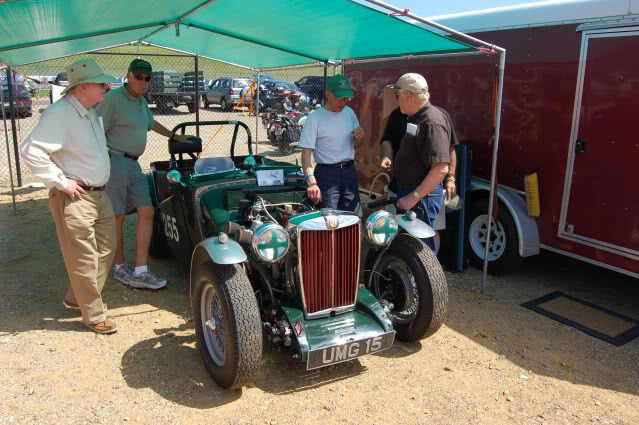
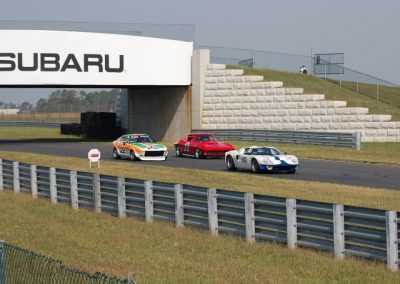

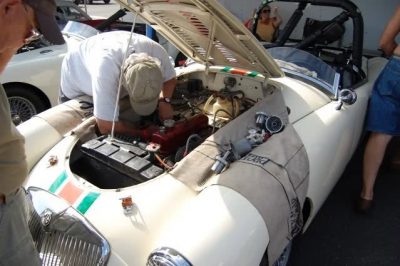
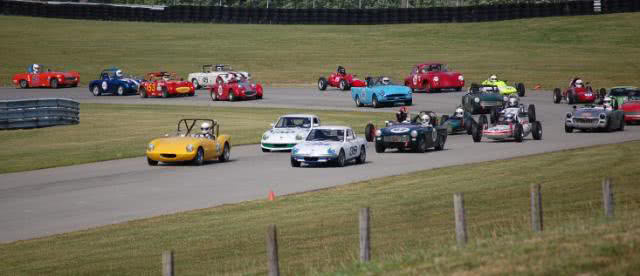
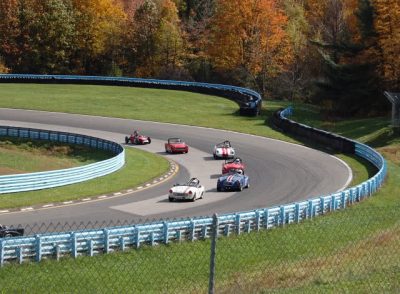
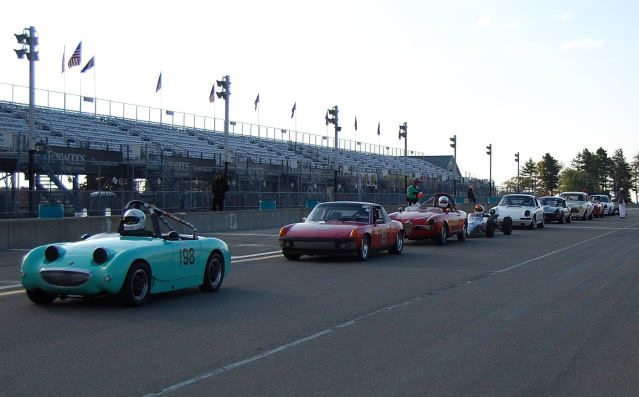
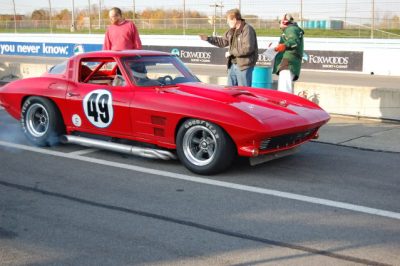
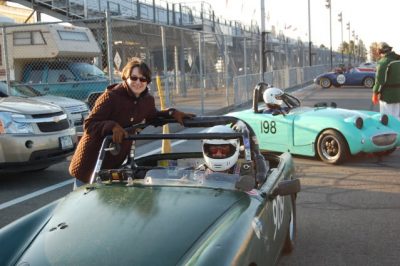

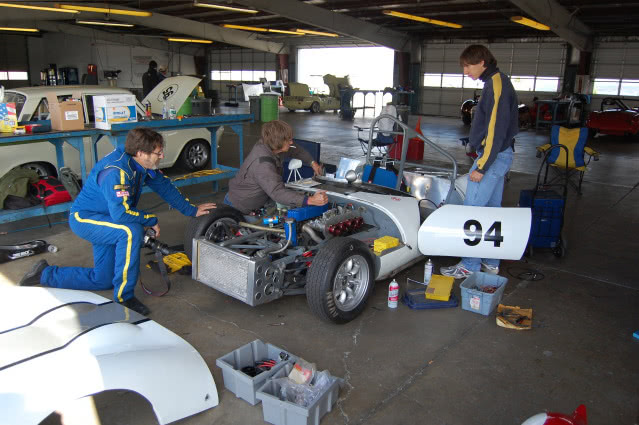
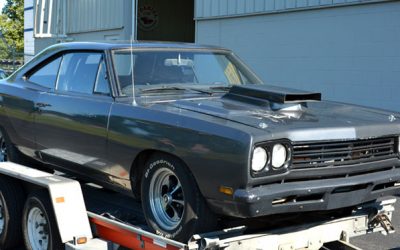
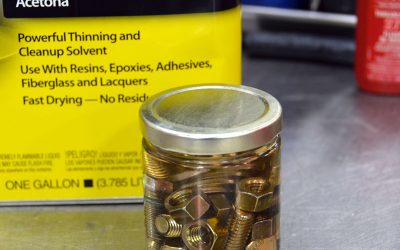
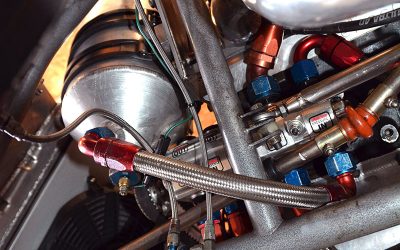
0 Comments